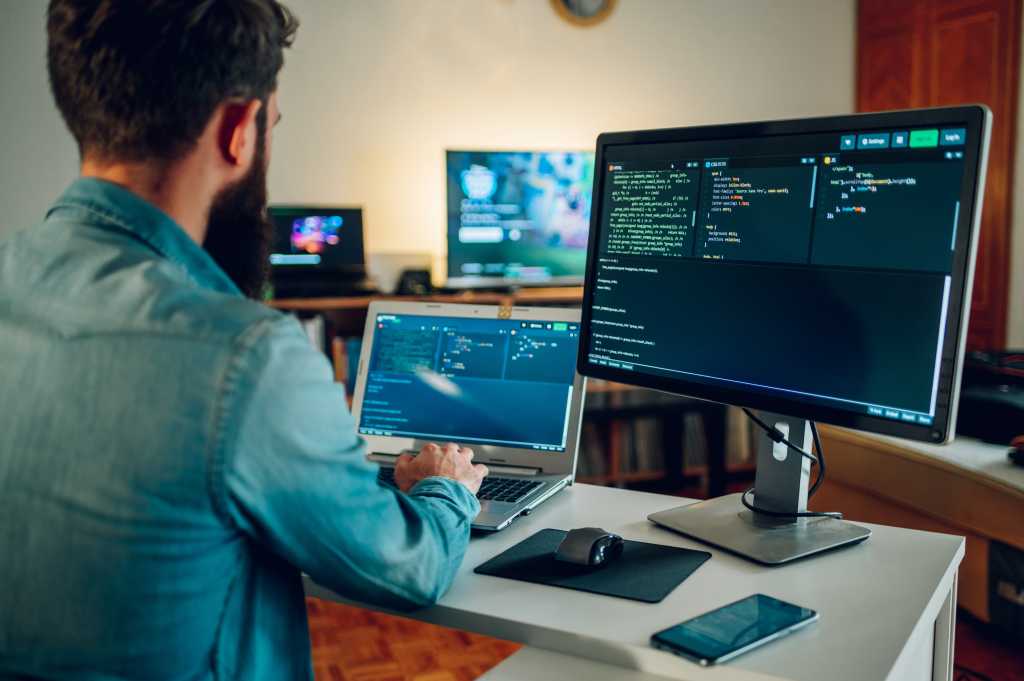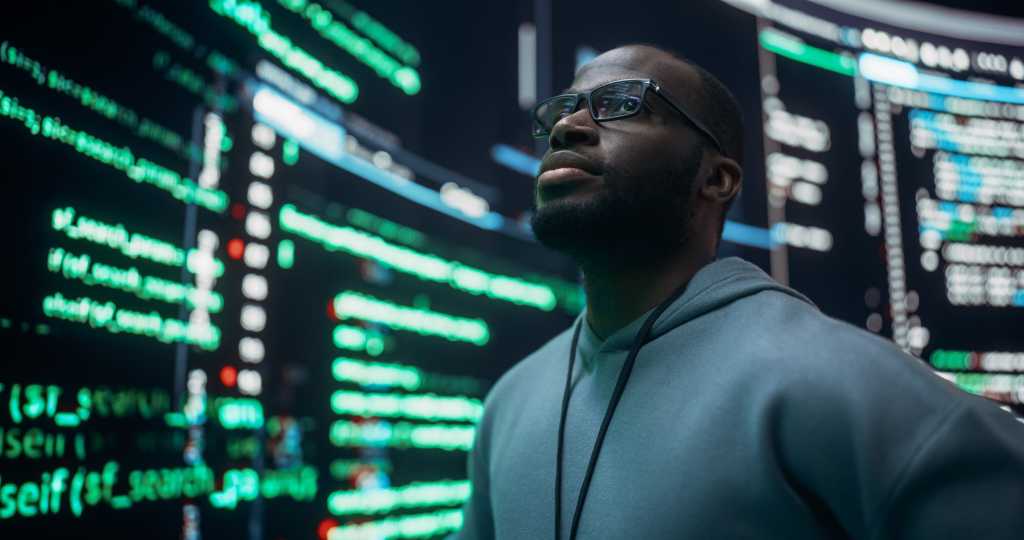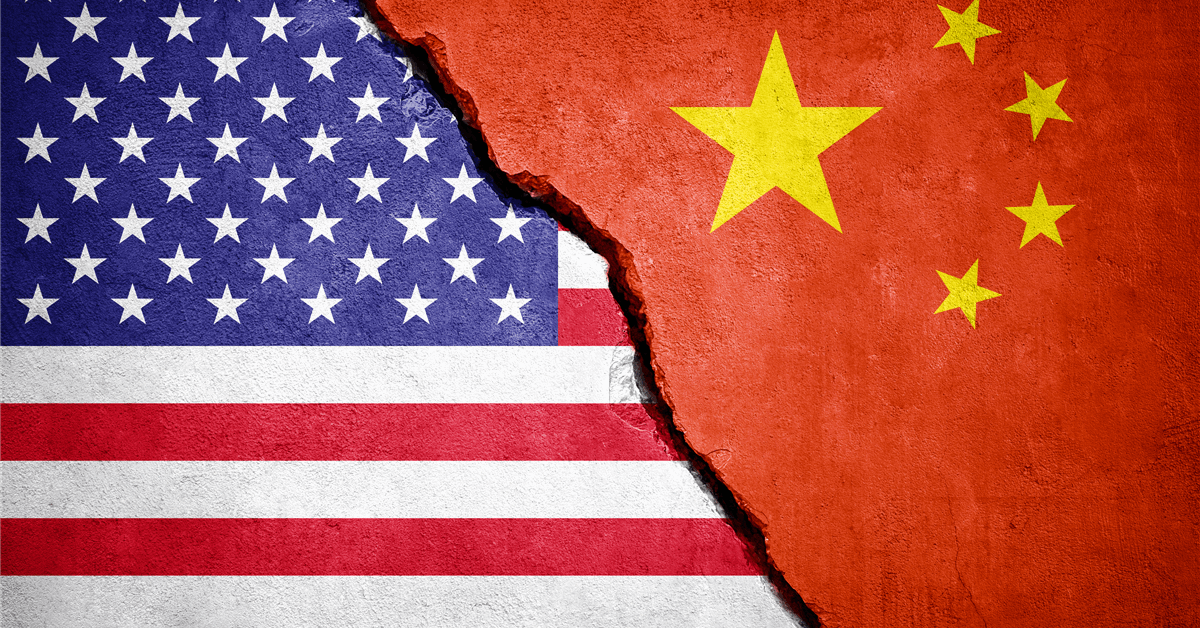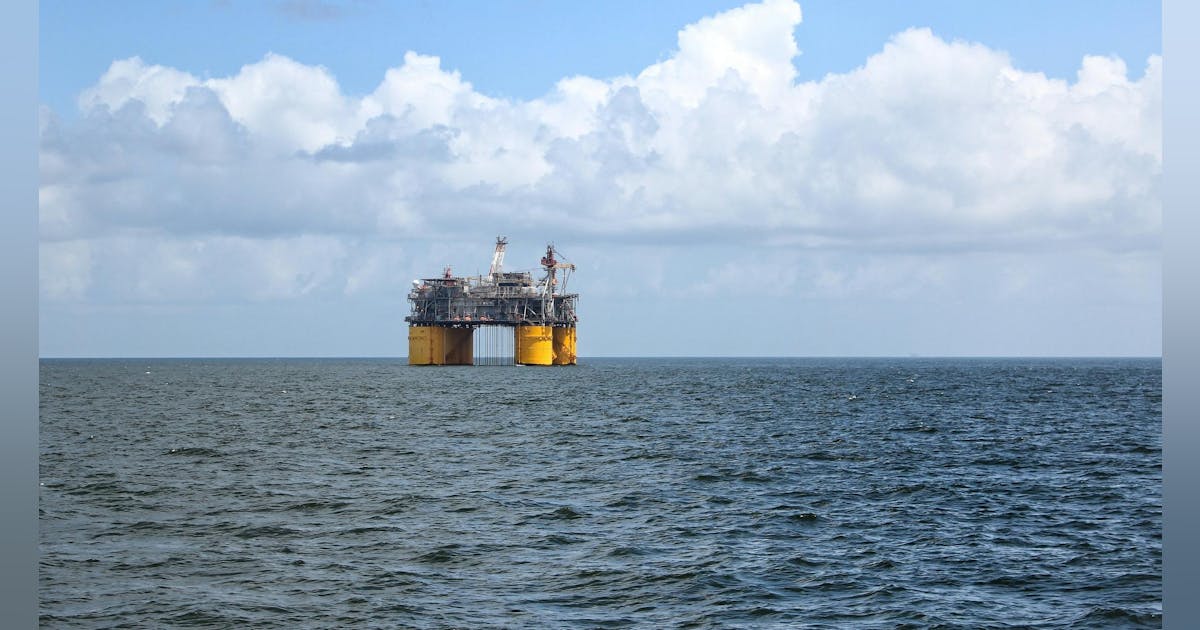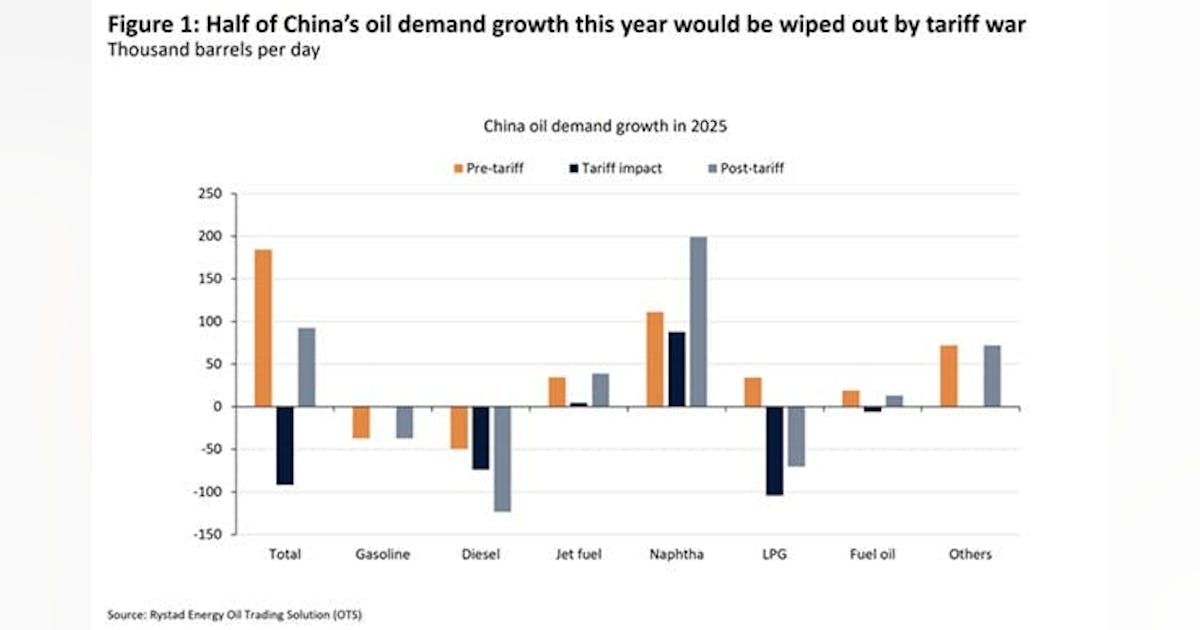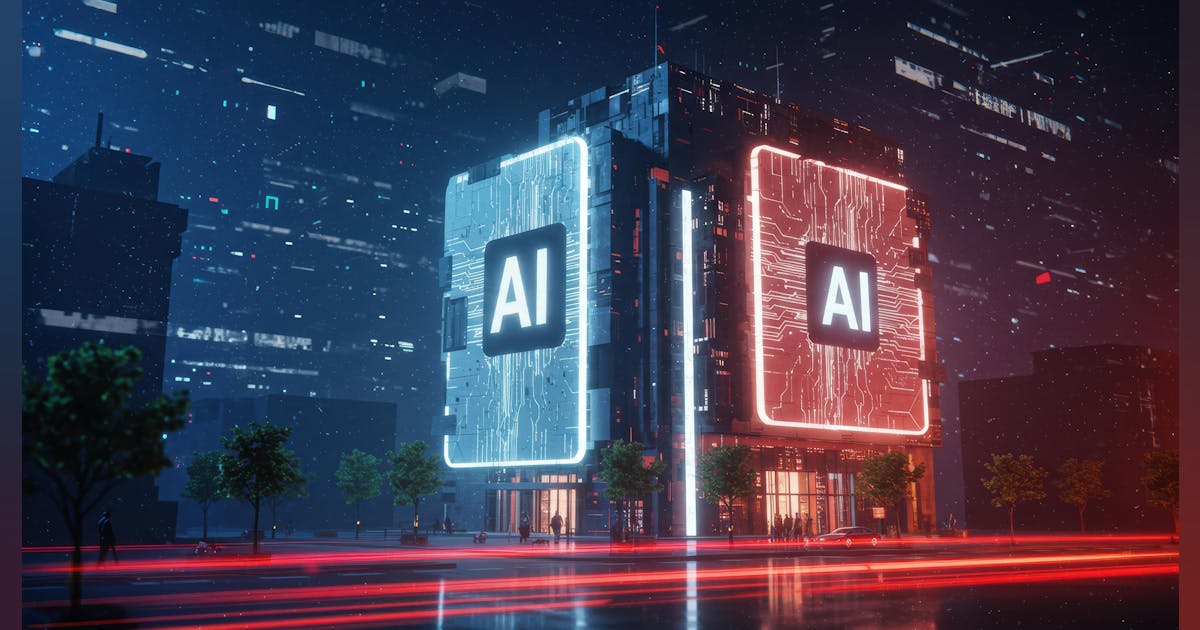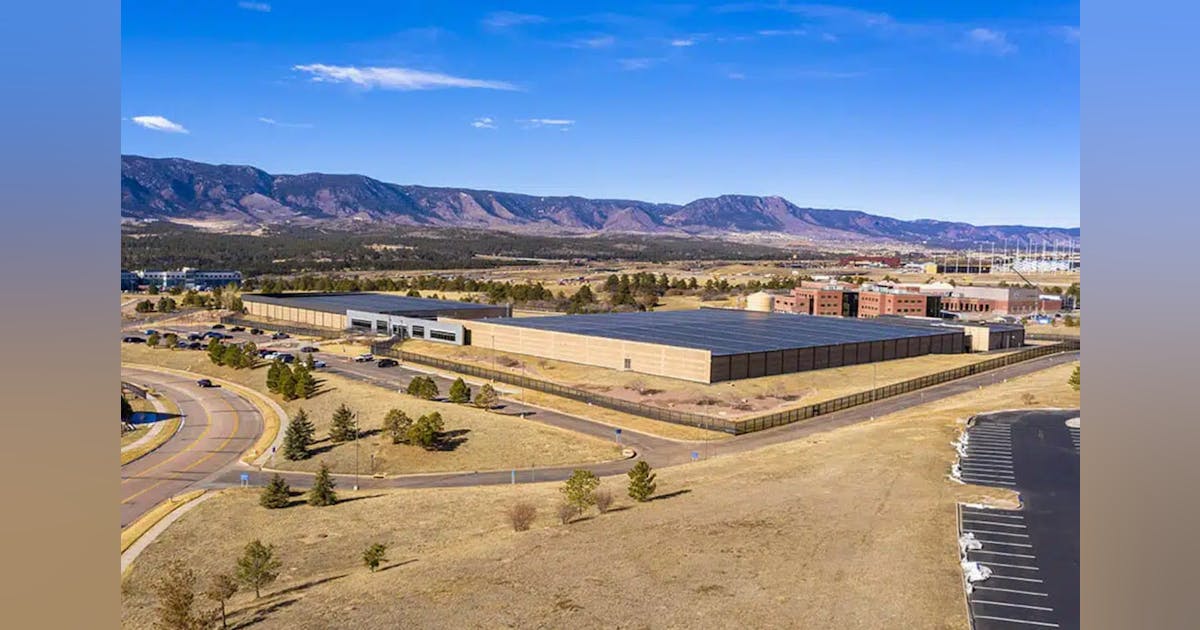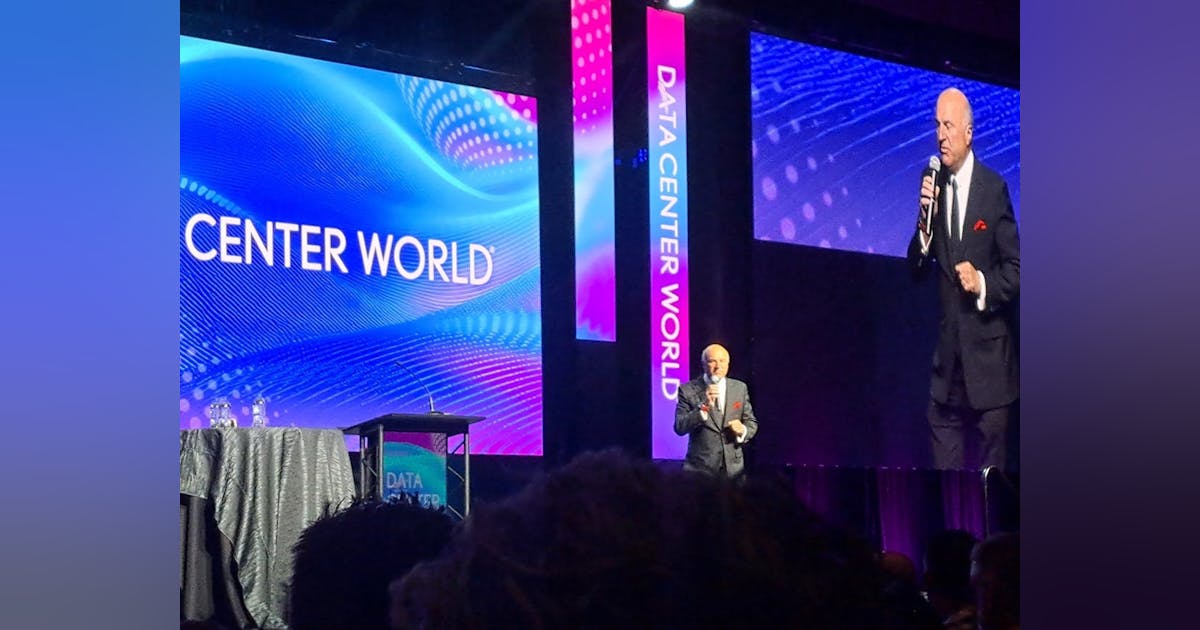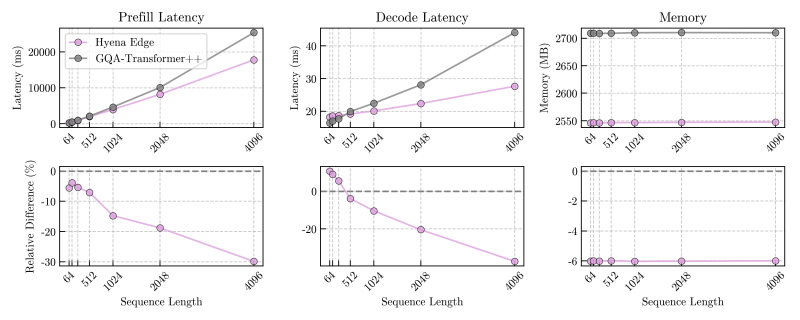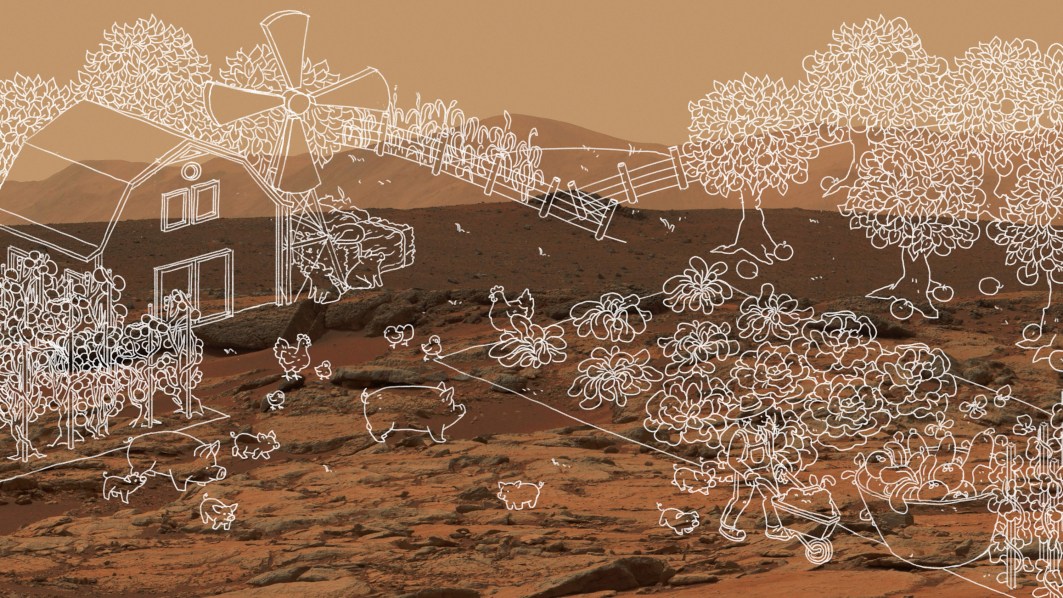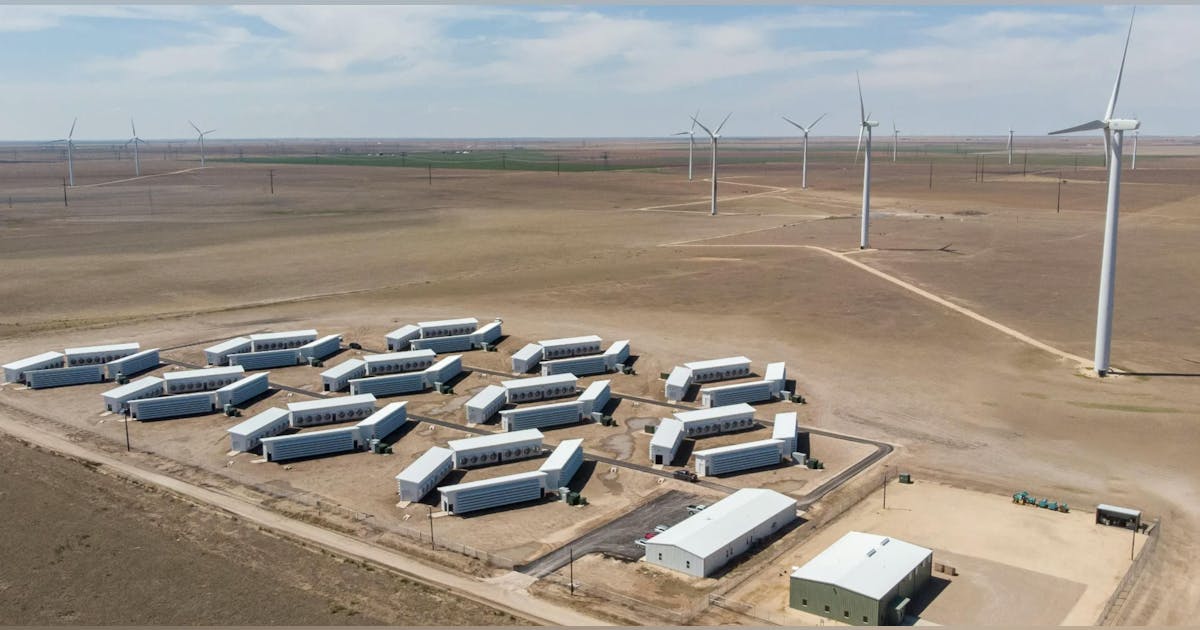
Dorothy 1A & 1B (Texas): These twin 25 MW facilities are powered by wind and serve Bitcoin hosting and mining workloads. Together, they consumed over 112,000 MWh of curtailed energy in 2024, demonstrating the impact of Soluna’s model.
Dorothy 2 (Texas): Currently under construction and scheduled for energization in Q4 2025, this 48 MW site will increase Soluna’s hosting and mining capacity by 64%.
Sophie (Kentucky): A 25 MW grid- and hydro-powered hosting center with a strong cost profile and consistent output.
Project Grace (Texas): A 2 MW AI pilot project in development, part of Soluna’s transition into HPC and machine learning.
Project Kati (Texas): With 166 MW split between Bitcoin and AI hosting, this project recently exited the Electric Reliability Council of Texas, Inc. planning phase and is expected to energize between 2025 and 2027.
Project Rosa (Texas): A 187 MW flagship project co-located with wind assets, aimed at both Bitcoin and AI workloads. Land and power agreements were secured by the company in early 2025.
These developments are part of the company’s broader effort to tackle both energy waste and infrastructure bottlenecks. Soluna’s behind-the-meter design enables flexibility to draw from the grid or directly from renewable sources, maximizing energy value while minimizing emissions.
Competition is Fierce and a Narrower Focus Better Serves the Business
In 2024, Soluna tested the waters of providing AI services via a GPU-as-a-Service through a partnership with HPE, branded as Project Ada. The pilot aimed to rent out cloud GPUs for AI developers and LLM training.
However, due to oversupply in the GPU market, delayed product rollouts (like NVIDIA’s H200), and poor demand economics, Soluna terminated the contract in March 2025.
The cancellation of the contract with HPE frees up resources for Soluna to focus on what it believes the company does best: designing and operating AI/HPC infrastructure from the ground up.
The company believes its co-located model gives it a unique advantage in supporting the compute demands of large AI models like GPT-4 and beyond.
Soluna’s Vision: Greener, Smarter, Faster
Soluna Computing isn’t just building data centers; it is creating a sustainable, scalable solution to two systemic issues: renewable energy waste and data center emissions.
According to RESurety analysis, Soluna’s data centers emit 75% less carbon than traditional ATC centers and enable the injection of clean energy into the grid, displacing fossil fuel generation.
Looking forward the company believes that if Soluna scales to 1 GW of AI-ready data centers, it could displace nearly 48 million metric tons of CO₂, equivalent to removing 11 million cars from the road over the life of those assets.
This energy efficient, sustainable future is made possible through Soluna’s unique execution model:
- Source curtailed energy from independent power producers.
- Build, own, and operate modular data centers.
- Provide hosting services to Bitcoin and AI customers.
- Offer ancillary services to grid operators.
The model is supported by Soluna’s proprietary MaestroOS™ software, which manages power flows, workload optimization, and grid interactions in real time.
Soluna enters 2025 with momentum, a cleaner balance sheet, and a sharp strategic focus. The key goals for the year include:
- Energizing Dorothy 2 by Q4 2025.
- Advancing Project Kati and Rosa to full financing and development.
- Expanding AI/HPC partnerships.
- Increasing demand response and grid service revenue.
As both renewable power generation and global compute needs grow exponentially, Soluna sits in a potential position to bridge the gap. Their infrastructure doesn’t just consume power, it monetizes waste, stabilizes grids, and accelerates the adoption of clean energy.
Soluna believes its unique value proposition, aligning the needs of renewable energy producers with the insatiable demands of data infrastructure, they can redefine what it means to build a data center in the future.

